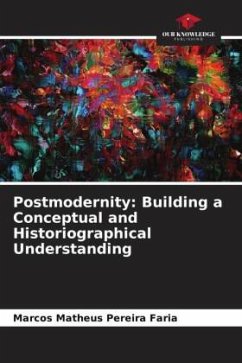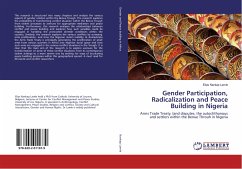Postmodernity is often represented by images that border on dystopias, nihilism, simulacra, post-apocalypse and the feeling of the end of utopias or retro-topia, consumer life and utilitarianism, irrationality, instantaneity and fleetingness, liquidity, tiredness, denial, anti-revolutionary, reactionary, age of emptiness, society of the spectacle, post-industrial, among other representations that try to grasp what this phenomenon is, based on a latent characteristic of this period that is called post-modern. However, not all representations corroborate the understanding of this phenomenon, as we see in its intrinsic academic production - which refers to fundamental aspects rather than superficial symptoms - that it is an intense debate in which there are no simplifications, which, when analysing the term itself, refers us to a "post" modernity, which implies that modernity has been overcome, or that we are in a new period with a new structure of thinking and acting.
Bitte wählen Sie Ihr Anliegen aus.
Rechnungen
Retourenschein anfordern
Bestellstatus
Storno









